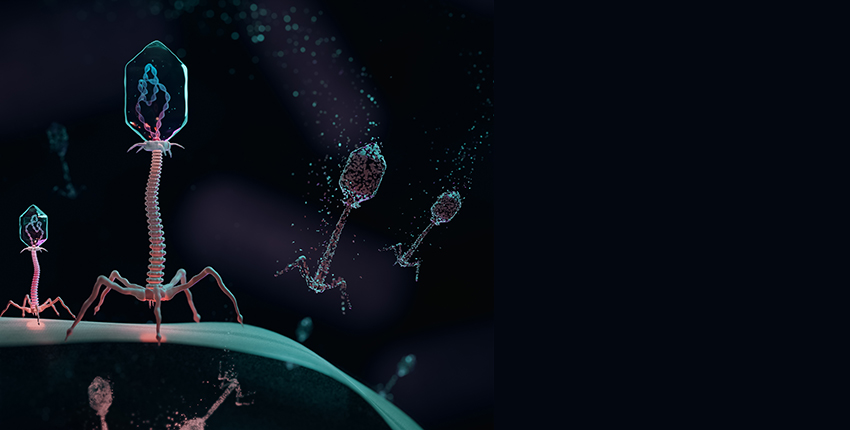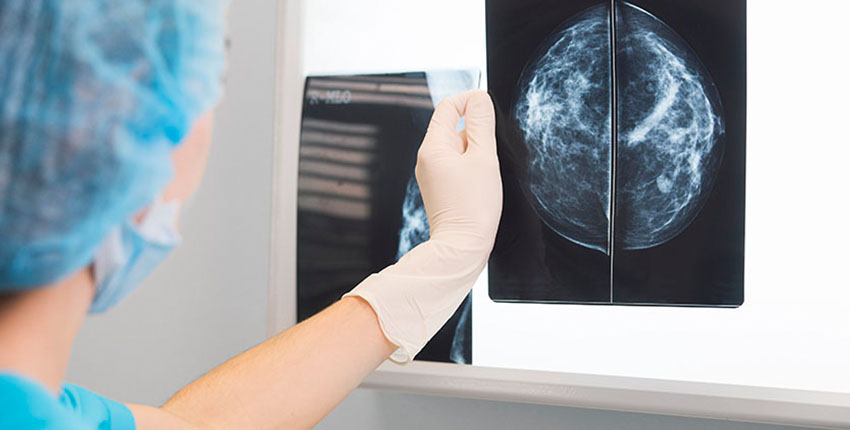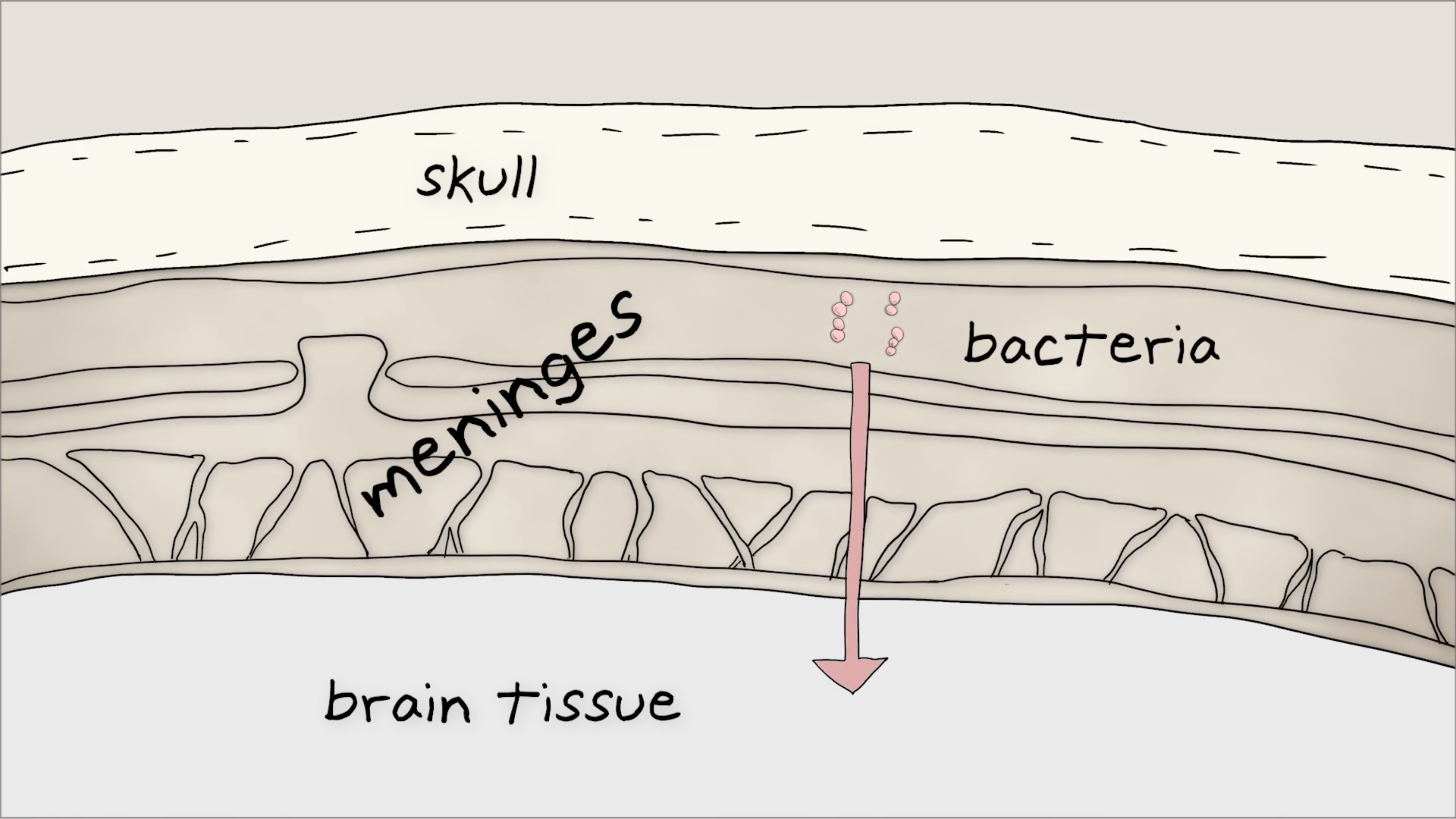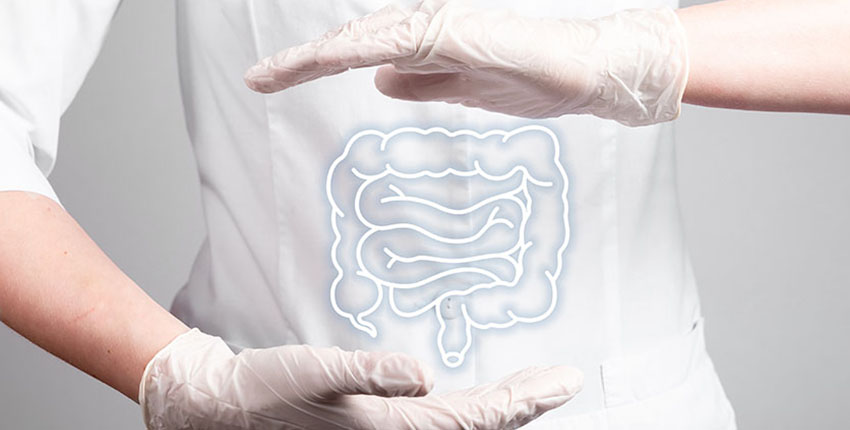
Harvard Medicine News selected some of the year’s most intriguing discoveries from the basic and social science departments that comprise the Blavatnik Institute at Harvard Medical School.
Get more HMS news here
This non-comprehensive list captures discoveries that have the potential to reshape our understanding of biological phenomena and disease, offer therapeutic promise, or otherwise contribute to solving challenges in science, medicine, and health care delivery. Many of these discoveries were among the most popular on our news channels.

An AI Tool That Can Help Forecast Viral Variants
Scientists designed an AI tool that uses evolutionary and biologic information to predict how a virus could shapeshift to escape the immune system.
“We want to know if we can anticipate the variation in viruses and forecast new variants — because if we can, that’s going to be extremely important for designing vaccines and therapies,” said senior author Debora Marks, professor of systems biology.
Published in Nature.

The Health and Economic Toll of Gun Violence in Youth
This study detailed the physical, mental, and financial costs of gunshot injuries and deaths in children.
“Gunshot survivors and their families often experience long-lasting, invisible injuries, including psychological and substance-use disorders with roots in the shared trauma they have experienced,” said study author Zirui Song, associate professor of health care policy and medicine. “It’s important for clinicians to be aware that these families are at an increased risk for these conditions so that they can receive the support and care they need.”
Published in Health Affairs.

Designing More Useful Bacteria
In a step forward for genetic engineering and synthetic biology, researchers modified bacteria, rendering it immune to natural viral infections while also minimizing the potential for the bacteria or their modified genes to escape into the wild. The work promises to reduce the threat of viral contamination when harnessing bacteria to produce medicines such as insulin and other useful substances such as biofuels.
“We believe we have developed the first technology to design an organism that can’t be infected by any known virus,” said study first author Akos Nyerges, research fellow in genetics in the lab of George Church at HMS and the Wyss Institute for Biologically Inspired Engineering.
Published in Nature.

How the Brain Senses Infection
Researchers discovered specific airway neurons in mice that alert the brain about the flu. The findings shed light on how nonsteroidal anti-inflammatory drugs (NSAIDs) such as ibuprofen and aspirin alleviate influenza symptoms. If reaffirmed in further studies and translated in humans, the work could inform the design of more effective flu therapies.
“This study helps us begin to understand a basic mechanism of pathogen detection and how that’s related to the nervous system, which until now has been largely mysterious,” said senior author Stephen Liberles, professor of cell biology.
Published in Nature.

How Breast Cancer Arises
Researchers identified a new mechanism behind certain types of breast cancer, providing a long-missing explanation for many cases of the disease that remain unexplained by the classic model of breast cancer development.
“We have identified what we believe is the original molecular trigger that initiates a cascade culminating in breast tumor development in a subset of breast cancers that are driven by estrogen,” said study author Peter Park, professor of biomedical informatics.
Published in Nature.

How Dormant Bacteria Return to Life
Research provided answers to a long-standing mystery and illuminated new paths to combat spore resistance to antibiotics and sterilization.
“This discovery solves a puzzle that’s more than a century old,” said study author David Rudner, professor of microbiology. “How do bacteria sense changes in their environment and take action to break out of dormancy when their systems are almost completely shut down inside a protective casing?”
Published in Science.

How Bacteria Invade the Brain
Research showed that bacteria hijack crosstalk between nerve and immune cells to cause meningitis. If replicated through further research, the findings could lead to much-needed therapies for this hard-to-treat condition that often leaves those who survive with serious neurologic damage.
“We’ve identified a neuroimmune axis at the protective borders of the brain that is hijacked by bacteria to cause infection — a clever maneuver that ensures bacterial survival and leads to widespread disease,” said study author Isaac Chiu, associate professor of immunology.
Published in Nature.

One Punch Isn’t Enough to Overcome a Common Cancer Mutation
This study found that blocking a second molecule could lead to better cancer treatments.
“If you understand exactly what the SWI/SNF complex is doing in normal cells you can find other vulnerabilities that show you how to do a better job of killing the cancer cells,” said study senior author Karen Adelman, the Edward S. Harkness Professor of Biological Chemistry and Molecular Pharmacology. “Understanding basic mechanisms really helps you develop better therapeutic strategies.”
Published in Cell.

To Boost Cancer Immunotherapy’s Fighting Power, Look to the Gut
Researchers revealed that gut microbes alter the body’s response to cancer immunotherapy. The findings can inform the design of treatments that boost the efficacy of cancer immunotherapy among patients with suboptimal response.
“Our findings offer a critical clue into a complex puzzle and in doing so suggest concrete ways to enhance the potency of cancer immunotherapy and improve patient outcomes,” said study co-first author Joon Seok Park, research fellow in immunology in the lab of Arlene Sharpe. “We propose a new approach to overcome the resistance to the current cancer immunotherapies by learning from gut bacteria that help our immune system to fight cancer.”
Published in Nature.

Scientists Discover Previously Unknown Way Cells Break Down Proteins
Scientists found a new mechanism by which cells break down proteins that are no longer needed. The mechanism degrades short-lived proteins that support brain and immune functions.
“Protein degradation is a critical process and its deregulation underlies many disorders and diseases,” including certain neurological and psychiatric conditions, as well as some cancers, said study co-senior author Michael Greenberg, the Nathan Marsh Pusey Professor of Neurobiology.
Published in Science.


